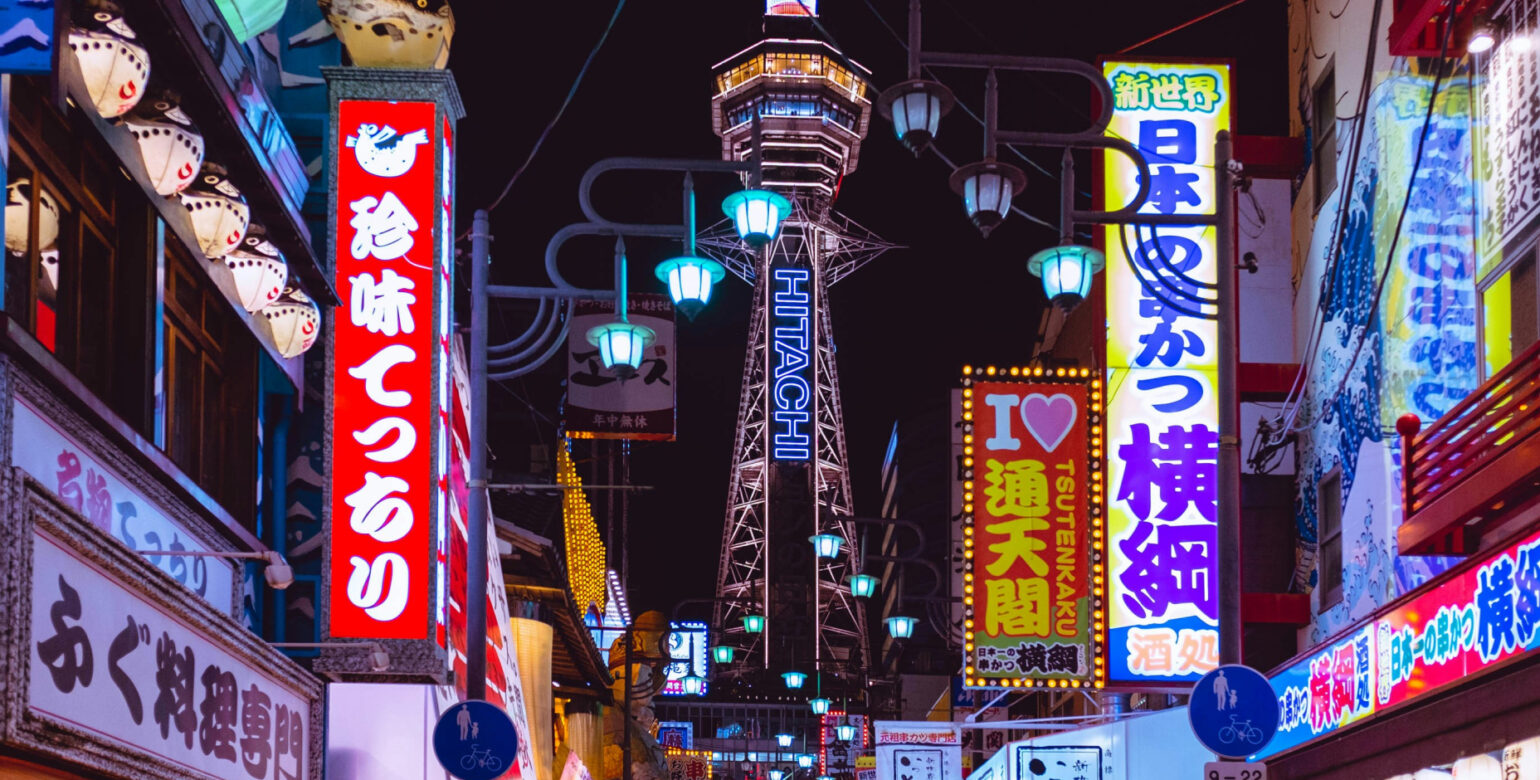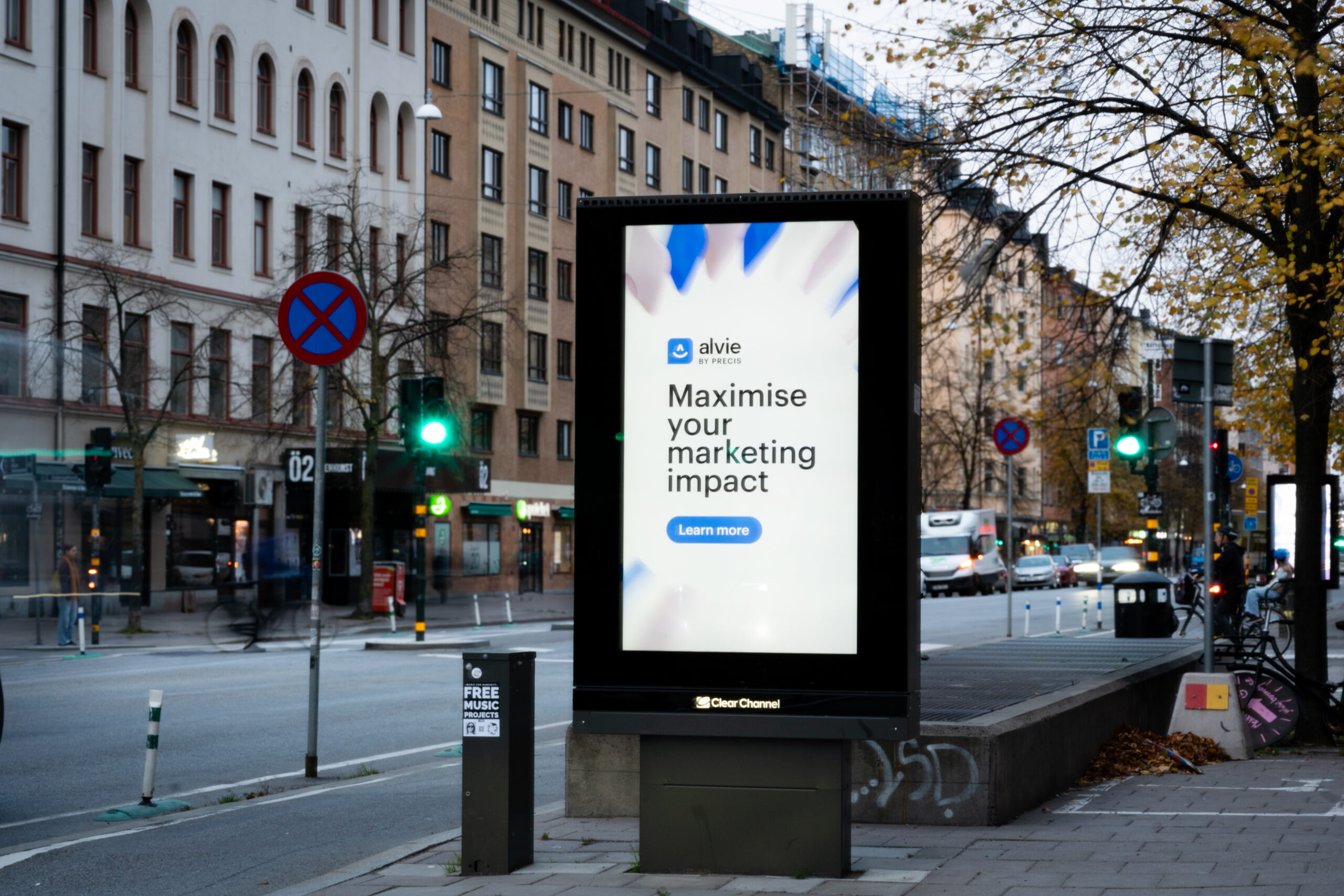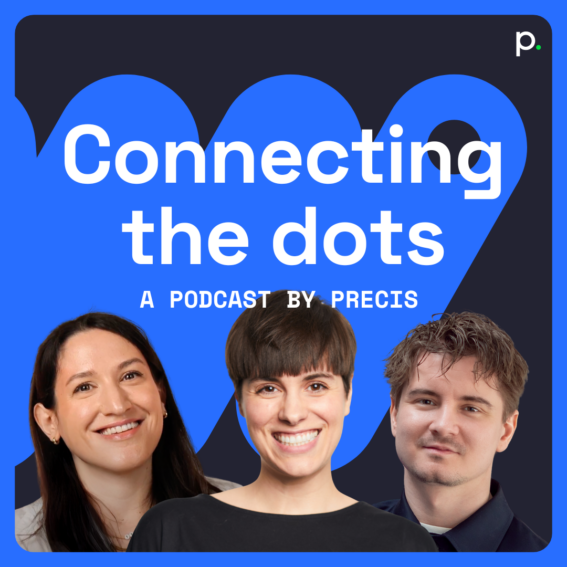Creative best practices for programmatic

Andreea-Elena Nicu
Senior Creative Solutions Engineer
In the past, buying ad space was a manual and time-consuming process that required negotiating with individual publishers (an introvert’s nightmare). Advertisers had to rely on human interaction, proposals, and quotes, often leading to inefficiencies and wasted spend due to poor targeting (an advertisers’ nightmare).
However, programmatic advertising revolutionised the industry by using data and technologies to automatically purchase ad space in real-time, targeting specific audiences more effectively. This shift towards automation has increased efficiency AND enabled marketers to deliver ads to the right people at the right time, resulting in better engagement and higher ROI.
Yet, while programmatic automates ad buying, creative quality remains essential for campaign success. Effective creative elements can significantly impact engagement and conversions, regardless of how sophisticated the targeting may be.
This article explores essential creative best practices in programmatic advertising, focusing on how strategic creative elements can amplify the impact of your campaigns.
The role of creativity in programmatic
In programmatic advertising, targeting and automation efficiently place ads in front of the right audiences.
However, it’s the quality of the creative elements (compelling visuals, clear messaging, and strong calls-to-action) that ultimately captures attention and drives engagement.
Effective creatives act as a bridge between the brand and its audience, crafting the initial impression that can foster connection, recognition, and recall.
Programmatic ad formats
Programmatic ad creative can take many forms, each with specific design requirements. The most common formats include:
Display ads
Static, animated or video banners in key positions on a webpage.

Rich media ads
Interactive ads with elements users can engage with.

Video ads
Ads displayed in video format across platforms like YouTube, and within apps or websites.
Connected TV (CTV) ads
Ads on streaming platforms and smart TVs.
Digital Out-of-Home (DOOH)
Digital ads displayed on digital billboards and screens in public spaces.

That’s from our Alvie launch event! So cool!

Audio ads
Ads played on platforms like podcasts and streaming services. Read more about programmatic audio advertising.
Native ads
Ads that blend seamlessly into the surrounding page content.

In-game ads
Ads embedded within video game environments.
Because each of these formats is different from the others, they all require a unique creative approach to make sure you make the most of it. Carefully choosing the right format and tailoring each creative specifically for the intended platform and environment will help your campaign achieve higher engagement.
Key creative best practices for programmatic
Best practices in programmatic creative involve mixing art and science strategically:
Brand identity
Make your brand visible within the first few seconds to capture and retain attention. To do so, make sure you have consistent branding elements in your creatives. Use uniform styles, colours, and graphics to strengthen your brand recognition across all ads – you want people to pick your brand from a crowd!
Quality visuals
Employ high-resolution images and videos to avoid pixelation and maintain a professional, demure look 💅
Audio quality
Ensure that the video’s audio is clear and balanced. Poor audio quality can negatively impact the overall viewing experience and engagement. If you’re sitting back, relaxing, enjoying your evening and listening to your favourite podcast when all of a sudden you hear this agitating, grating audio ad, then chances are your experience as a listener will be very poor. Audio advertising is on the rise, so make sure you got it right!
Effective CTAs
Craft clear and persuasive CTAs to guide your user interactions. Don’t let them scroll aimlessly through your ad without giving them clear directions about where to learn more!
Concise messaging
Use memorable taglines and focused propositions to intrigue and convert audiences.
Optimised design and file sizes
Keep banner designs simple and optimise file sizes for quick loading without sacrificing visual quality (no one wants pixelated images or videos, that’s just bad rep).
Fonts
Ensure fonts are large enough to be easily readable on all devices, maintaining accessibility (and helping our ever-worsening eye-sight) across platforms.
Mobile-friendly sizes
Design banners to be responsive and optimised specifically for mobile devices, accommodating different screen sizes and orientations (we’re all on our phones most of the time anyway).
A/B testing
Regularly test different versions of your ads to identify the most effective elements and iteratively refine your creative approach based on performance data.
Dynamic Creative Optimisation (DCO)
Use personalisation and scale with DCO. This technology adjusts creatives based on a variety of real-time signals such as weather conditions, time of day, and audience personas. This allows for highly tailored and relevant ads that significantly enhance engagement and effectiveness across diverse audiences.
Staying ahead of trends
Programmatic advertising is constantly changing, so it’s essential to stay ahead of emerging trends to ensure that your creative strategies remain effective and engaging. Some emerging trends include:
AI-powered creativity (of course)
AI is transforming programmatic advertising by enabling sophisticated real-time data analysis and decision-making. AI tools can now generate creative elements, analyse their effectiveness, and suggest innovative approaches to ad design. For instance, at Precis, we have solutions to AI-powered analysis to enhance our creative strategies, which helps us make better analyses and impactful advertising for our clients. More to come on this! 😉
Attention as a new KPI
Attention metrics are becoming crucial indicators of ad performance. If you tailor your creative elements based on specific viewer interaction data, you can significantly boost engagement and ensure your ads capture and hold your audience’s attention.
Interactive and immersive ads
Emerging technologies like augmented reality (AR) and virtual reality (VR) are enabling businesses to offer interactive and personal experiences, such as interactive previews of real estate properties, virtual test drives of vehicles, or trying on outfits virtually before making a purchase. These ads engage users by providing a hands-on feel of the product or service! Pretty cool, right?
These trends are all fun and games until you actually get down to it. So if you don’t want to do it alone, we’ve got you!
TL;DR
While programmatic advertising has revolutionised how ads are bought and targeted, its true potential is realised only when paired with impactful creatives (shocker, I know).
- Automation alone cannot capture the attention and drive engagement: it’s the creative that makes the difference.
- By following creative best practices such as ensuring brand consistency, and crafting clear messaging, advertisers can fully unlock the potential of programmatic.
- Embracing trends like AI and immersive formats will help future-proof strategies.
- Ultimately, the fusion of smart automation with thoughtful creative execution is what drives programmatic campaigns to not just perform but excel.


